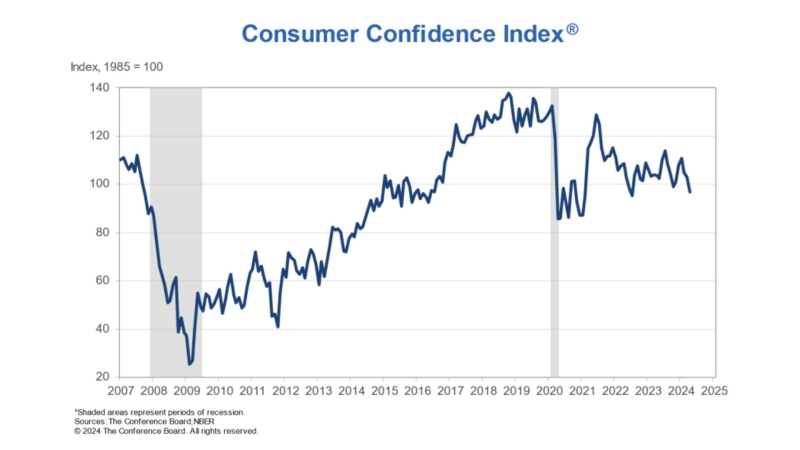Advertisement
TCN Cooks Up a Batch
Getting personal with a customer relationship management programEric J. ChristopherCRM, customer relationship management, increasing business and referrals
You may have heard the term "Customer Relationship Management"
(CRM) in the late 1990s during the dot-com craze. But CRM is as
much a sales philosophy as it is a dot-com buzzword or software
topic. What is CRM? It's a fancy way to define how efficiently and
effectively you interact with your clients in order to increase
business and referrals.
In the mortgage industry, CRM will prove to be a necessity for
individuals and companies that have aspirations to prosper like
they did during the refinance boom of the last few years. We all
know that market changes have taken the easy money out of the
industry. The refinance "order taking" days are gone and more of
your loans will need to be engineered with creative, efficient
selling tactics. You will not only need to work harder, but also
smarter. Implementing a strong CRM program is the first step toward
working smarter.
Lead Management
The good news for individual originators and small broker shops is
that a solid CRM program does not have to be complicated or
expensive. CRM is multi-faceted, but to keep it simple, we will
focus on lead management and the cycles between lead acquisition,
funded loan and repeat sales. The tighter you make the system
between these three events, the higher your level of prosperity.
It's that simple.
Where to Start
The first step in your CRM process is to start using contact
management/CRM software to manage all of your prospect and client
activity. Import all of your past clients and prospects into the
database and classify them into three to five similar groups (i.e.
past clients, warm prospects, cold prospects). In addition to the
basic organizational benefit of a contact management application,
there is also huge value in every bit of prospect and client data
you gather along your journey.
With client data organized efficiently, the next step is to
create action plans for the three to five groups you classified. An
action plan is nothing more than a consistent set of "touch points"
or client interactions that you will implement with each group. The
reason we do this at the lead acquisition stage is that there are
only three dispositions with any prospect in any sales cycle. The
response to your offering will be either yes, no or maybe. Since
less than 10 percent of your initial contacts will be "yes" answers
in the short run, a huge part of CRM is to focus on harvesting the
"no" and "maybe" prospects. A solid action plan will anchor you to
a good percentage of these prospects and many will end up as
clients.
Specific action plans will allow you to use the information that
you have gathered and to focus time on the prospects closest to the
pay line, while simultaneously growing and harvesting the lesser
prospects into future sales.
Designing Your Action Plan
Action plans are highly creative and there are no rules about what
you can use as an effective touch point. Real estate agents are
wildly creative with their touch points. How many branded note
pads, free garage sale signs or Halloween pumpkins have you seen
delivered to homeowners over the years? As silly as some of these
seem, they are all touch points. Whatever touch points you enlist,
always keep in mind that the goal is to leverage your time to the
greatest degree while still being on the mind of as many past
clients and prospects as possible.
Spice up your touch points by using personalized data you have
gathered in your contact management system. Over time, if you're
observant, you will learn which individuals are the seasoned
homeowners, those who will become empty nesters soon, and
prospective business owners needing venture capital. Listen for who
is retiring, getting divorced and who has had a death in the
family. To be even fancier, learn their birthdays, anniversaries
and favorite sports teams. Your software will keep this data ready
for you to load into your discussions and correspondence. As an
easy example, part of your action plan may be to send a birthday
card to your clients.
An Action Plan Case Study
You receive a referral from a previous client. At initial contact,
the referral is relatively indifferent to your ideas. Even though
there seems to be a need for the prospect to tap into some of their
home equity, you notice no excitement or buying signals and you
wonder why they agreed to meet with you at all.
The essence of your CRM program is to seed, grow and harvest
these types of prospects when other originators would have given
up. Your action plan will lay out an entire event chain to keep the
prospect thinking about you over time. Notice that most of the
activities are automated and require little of your time, yet the
personalized nature of these items will appear as though they were
written on an individual basis. You may be sending out 100
personalized e-mails at one time! After the initial meeting, the
sequence will probably look like this:
*The Day After Initial Meeting: Send a form letter with your
offer and business card.
*Three to Five Days After: Send a follow-up e-mail.
*Seven to 10 Days After: Make a follow-up phone call to gain
additional information, check for buying signals, time frames,
etc.
*Sixty to 90 Days After: Place another follow-up phone call.
*Four to Five Months After: Send your newsletter.
*Send cards on annual events such as birthdays or at Christmas.
Obviously, not every prospect will fund a loan, but how many
times have you closed a loan with a prospect who initially showed a
low level of interest? CRM will turn every scenario into a system.
Invent other action plans for warmer prospects and past
clients.
Advantages
From the single-user standpoint, time leverage is the essence of
sales success. A CRM program will provide that leverage and
automatically warm prospects up to the point of sale. Small broker
shops are always tasked with retaining good producers. A
management-backed CRM program and leads to feed that program are
excellent ways to show key producers you are willing to invest in
them for the long term.
How to Implement a CRM Program
While we have only skimmed the surface of the CRM ocean, the key is
to start implementing a system today! Take the initial step forward
and then build upon it. There are companies such as XL Marketing
that have packages geared toward single originators and broker
shops with fewer than 10 producing originators. However, no matter
the size of the application, CRM success requires a commitment from
the individuals who are actually prospecting and closing sales.
Eric J. Christopher is a managing partner of Huntington Beach
Calif.-based XL Marketing. He can be reached at (877) 842-7300 or
e-mail [email protected].
About the author





